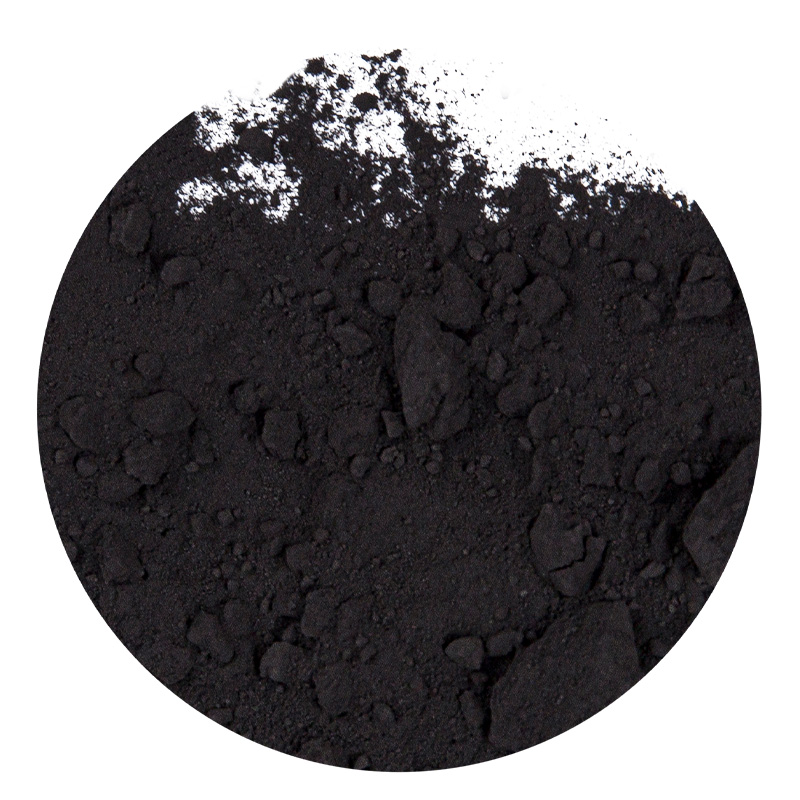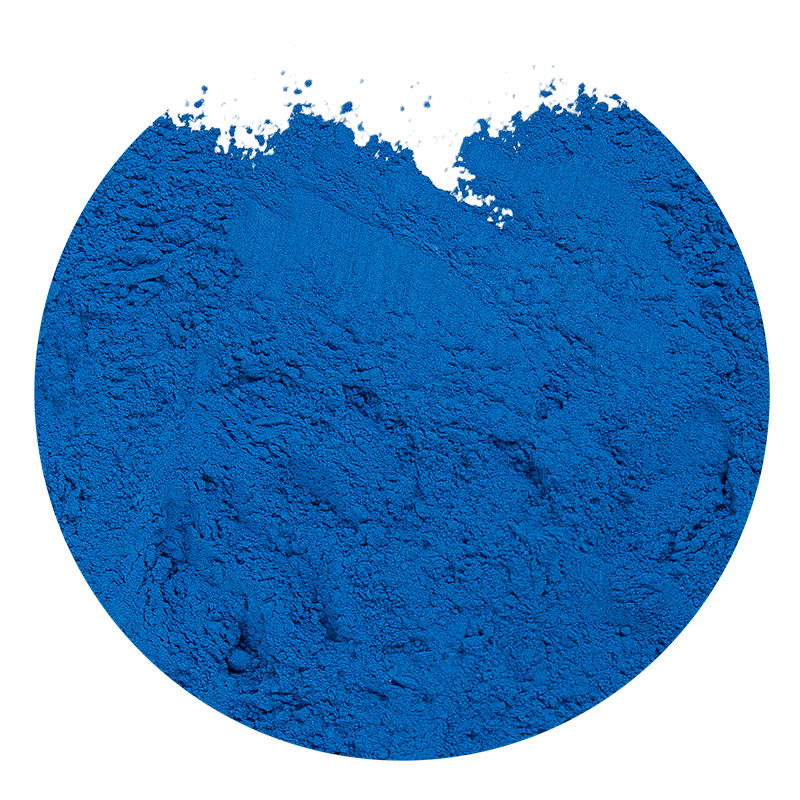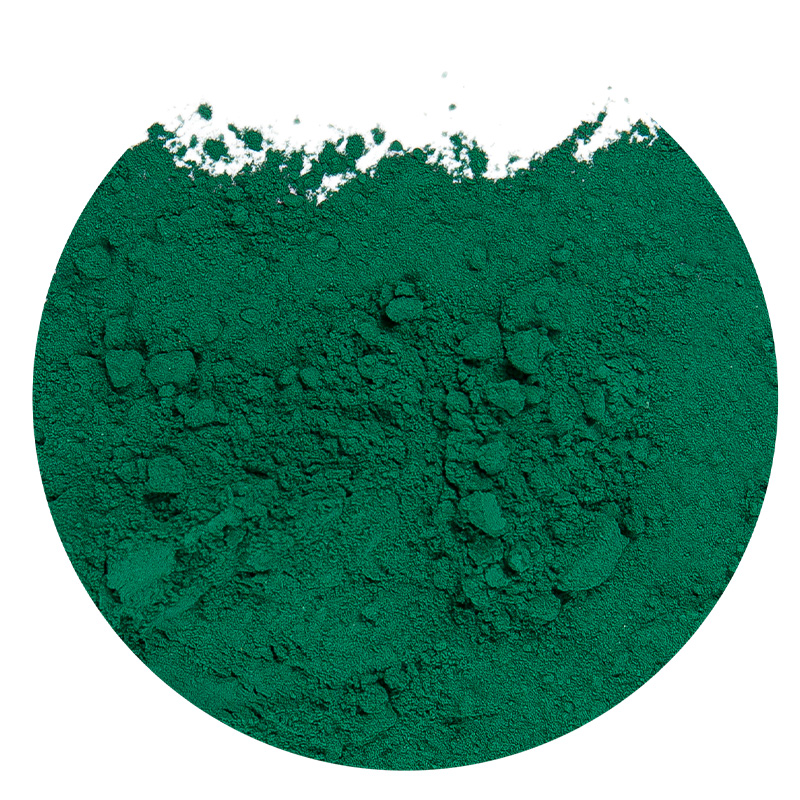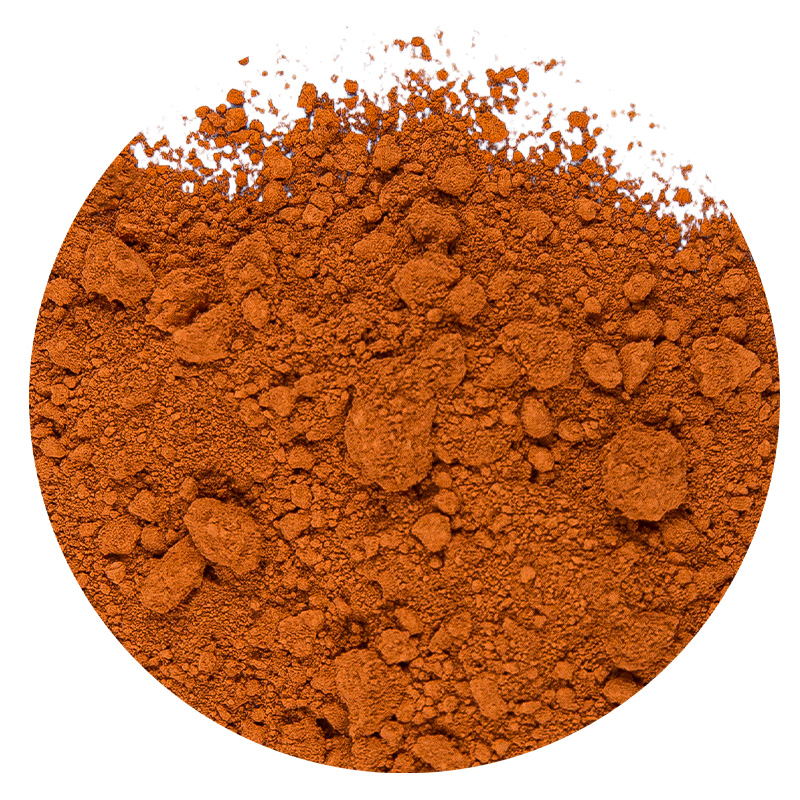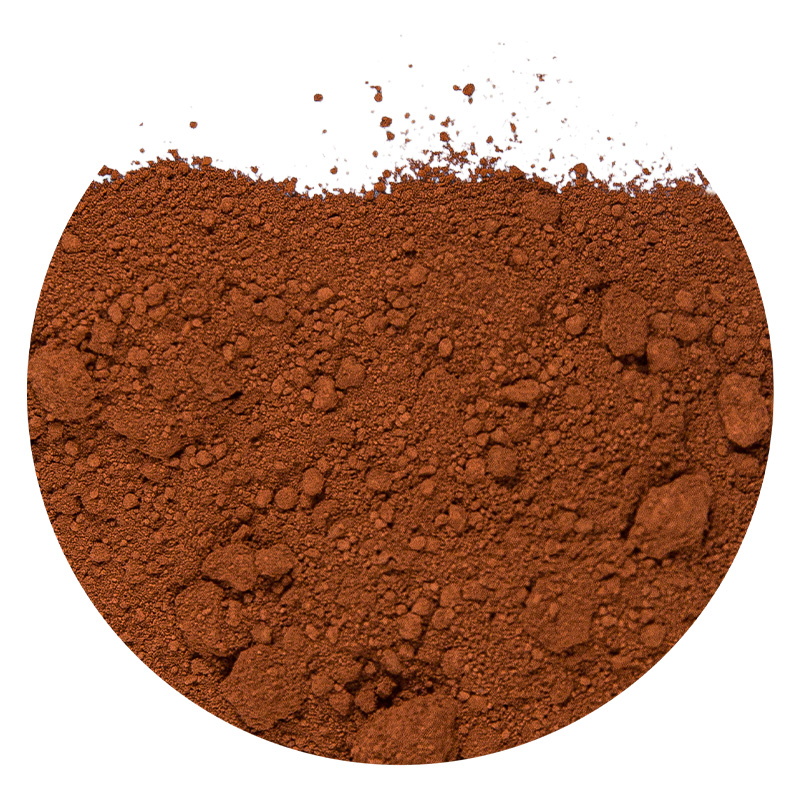Iron Oxide Black: Properties, Uses, and Benefits
What Is Iron Oxide Black?
Iron Oxide Black, also known as magnetite (Fe₃O₄), is a naturally occurring mineral with a deep black color. It is widely used in industrial and artistic applications due to its excellent pigment properties, stability, and magnetic characteristics. Unlike other iron oxides, such as red (Fe₂O₃) or yellow (FeO(OH)), Iron Oxide Black offers unique advantages in terms of opacity, UV resistance, and durability.
Chemical Composition and Structure
Iron Oxide Black consists of a mixed oxide of iron(II) and iron(III), giving it magnetic properties. Its crystalline structure allows for strong light absorption, making it an ideal black pigment. Compared to carbon black, Iron Oxide Black is more resistant to fading when exposed to sunlight, making it suitable for outdoor applications.
| Property | Iron Oxide Black | Carbon Black |
|---|---|---|
| Lightfastness | Excellent | Moderate |
| Magnetic Properties | Yes | No |
| Chemical Stability | High | Moderate |
| Opacity | High | Very High |
Natural vs. Synthetic Iron Oxide Black
Iron Oxide Black can be sourced naturally as magnetite or synthesized in laboratories. The synthetic version offers higher purity and consistency, making it preferable for industrial uses. Natural magnetite, however, is more cost-effective for bulk applications like construction materials.
Top Applications of Iron Oxide Black
Iron Oxide Black is a versatile pigment with numerous applications across different industries. Below are some of the most common uses.
Iron Oxide Black for Concrete Coloring
One of the most popular uses of Iron Oxide Black is in coloring concrete and cement-based products. Its high tinting strength ensures uniform coloration, and its resistance to weathering makes it ideal for outdoor pavements, tiles, and architectural elements.
Compared to other pigments, Iron Oxide Black does not degrade under UV exposure, ensuring long-lasting color retention. Additionally, it does not interfere with the curing process of concrete, unlike some organic dyes.
Iron Oxide Black in Paints and Coatings
Due to its excellent opacity and stability, Iron Oxide Black is widely used in paints, including industrial coatings, automotive finishes, and anti-corrosive paints. Unlike organic black pigments, it does not fade over time, making it a preferred choice for exterior applications.
Magnetic Applications of Iron Oxide Black
Because of its ferrimagnetic properties, Iron Oxide Black is used in manufacturing magnetic inks, toners, and recording tapes. It is also a key component in ferrofluids, which are used in electronics and medical applications.
Iron Oxide Black in Cosmetics
Approved by regulatory bodies for cosmetic use, Iron Oxide Black is a common ingredient in makeup products like eyeliners, mascaras, and eyeshadows. Unlike some synthetic dyes, it is non-toxic and does not cause skin irritation.
Using Iron Oxide Black in Plastics
Plastics manufacturers use Iron Oxide Black to achieve deep, consistent black coloring in products such as automotive parts, packaging materials, and consumer goods. Its heat stability makes it suitable for high-temperature plastic molding processes.
How Iron Oxide Black Compares to Other Black Pigments
Several black pigments are available in the market, but Iron Oxide Black stands out due to its unique properties. Below is a detailed comparison.
Iron Oxide Black vs. Carbon Black
While both pigments provide deep black coloration, they differ significantly in composition and performance.
| Feature | Iron Oxide Black | Carbon Black |
|---|---|---|
| Origin | Mineral-based | Carbon-based |
| UV Resistance | Excellent | Poor |
| Magnetic | Yes | No |
| Toxicity | Non-toxic | Potential hazards |
Iron Oxide Black vs. Synthetic Black Oxides
Some synthetic black oxides mimic Iron Oxide Black but lack its magnetic properties. They may be cheaper but often have inferior lightfastness and durability.
Safety and Environmental Impact of Iron Oxide Black
Iron Oxide Black is considered environmentally friendly and non-toxic, making it safe for use in consumer products. Unlike heavy metal-based pigments, it does not pose significant health risks when handled properly.
Regulatory Approvals
Iron Oxide Black is approved by major regulatory agencies, including the FDA (for cosmetics and food contact materials) and the EU REACH regulation. This makes it a reliable choice for manufacturers seeking compliant materials.
Sustainability Considerations
Since Iron Oxide Black is derived from iron, an abundant natural resource, it is more sustainable than petroleum-based pigments like carbon black. Additionally, its long lifespan reduces the need for frequent repainting or recoloring, contributing to lower environmental impact.
Future Trends in Iron Oxide Black Usage
With increasing demand for sustainable and high-performance pigments, Iron Oxide Black is expected to grow in popularity. Innovations in nanotechnology may further enhance its properties, making it even more valuable for advanced applications such as:
- Energy storage (e.g., lithium-ion batteries)
- Medical imaging (as a contrast agent)
- Smart coatings (with self-healing properties)
As industries continue to seek eco-friendly alternatives, Iron Oxide Black will remain a key player in pigment technology.

 English
English عربى
عربى русский
русский Español
Español